Update! Kits with most SMD parts presoldered now available
https://www.imania.dk/product_info.php?currency=EUR&cPath=204&products_id=7222&language=en
Features of my 6502 Single Board Computer, revision 1
- CMOS and NMOS 6502 compatible board
- Easy to program(6502 ASM, BASIC or C code), hack and connect to parallel, SPI, i2c and serial interfaces.
- Uses only easily available parts - used, NOS or new.
- 2MHz clock (divided down from 16Mhz. 16, 8, 4, 2 and 1 Mhz outputs available for addons. )
- 64k or 128k ROM*
- 32k RAM*
- nRF24L01+ for bootloading code
- 51 characters by 30 lines of monochrome green on black VGA output.
- 6522 for two 8 bit IO ports + CA1+2/CB1+2 + Two 8 bit timers
- 74hc273 "Output only" port for font banking, video enable and 5 "GPO"'s/user bits
- Reset circuit to prevent from outputting to screen blanking and correct operation (optional)
- All control signals broken out for easy access and addons
- Data bus and address bus broken out for easy access
- NEW: Microsoft BASIC support
*Only 32k ROM and 24k RAM available, 2k of the RAM used for Video RAM.
Why?
The grand chip shortage quickly went from a small peculiarity to a serious problem for the whole industry. A year ago, some types of products were affected - now it's affecting anything from laptops, to network switches, to robot lawn mowers. Even Arduinos and dev-boards - and especially Raspberry Pi's.
Meanwhile, mountains of electronics waste is accumulating, because of the shorter and shorter electronics lifecycle. Even though there is some demand for old parts from hobbyists, I speculate most of these old parts are eventually headed for the great landfills.
Some of the most common parts of the 1970's, 80's and 90's are 7400-series logic IC's, RAMs, ROMs, microprocessors and support IC's from old home computers, gaming consoles and industrial control systems. Many of these devices are recycled and the many IC's refurbished for resale, either with their original part name etched on top or sanded and re-etched with a brand-new-looking laser etching of a similar IC. Of course, many a hacker will already have tubes and tubes of many of these types of components, simply because they're leftover from a long lost project that didn't quite make it - or in my case inside the electronics I refuse to throw away.
How?
If we can decrease the demand for new parts, and at the same time increase the demand for used parts we might be able to not only make a dent in the IC shortage, but also promote recycling of PCB's that would've otherwise gone straight to the landfills. Simply by nudging the economic feasibility of recycling instead of tossing.
Of course not only by building this project, but also as a proof of concept for the philosophy of going with what you already have instead of buying the newest and shiniest.
The 6502 is closing in on it's 50th anniversary in 2025 and it and it's variants are running anything from the Nintendo Entertainment System, the Commodore home computers, the Apple I and II, and millions of embedded devices. Even Futurama's Bender and the Schwarzenegger-skinned T-800 Terminator uses it.
You might think the 6502 is limited to assembly language or BASIC, and training assembly was indeed on of my motivations, but for daily use as a quick way to interface embedded peripherals the cc65 compiler does a fine job at converting C code to 6502 assembly.
You might also think programming it is in the realm of fiddling with UV erasable ROMS, but in my case I've got a simple solution setup for single click wireless programming.
This makes the project one of the easiest ways to test out a new or old SPI, i2C, parallel or serial device - even if it's based on 1970's tech.
Said another way, the ABN6502 R1 saves new IC's for those who really need them, it promotes recycling of old PCB's and refurbishment of IC's, it gives new life to the millions of 6502's in the world, and making it is a fun and highly...
Read more » Anders Nielsen
Anders Nielsen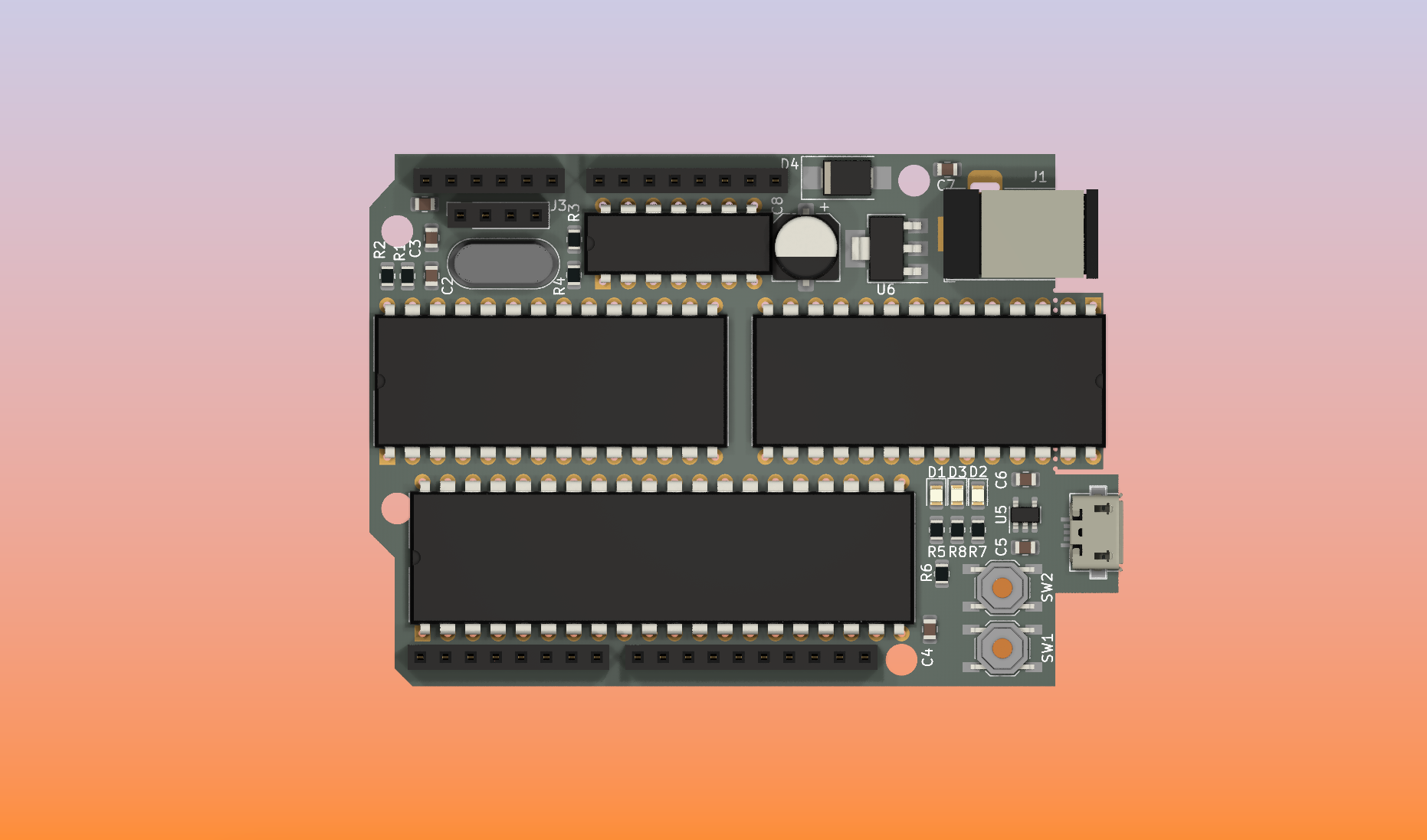
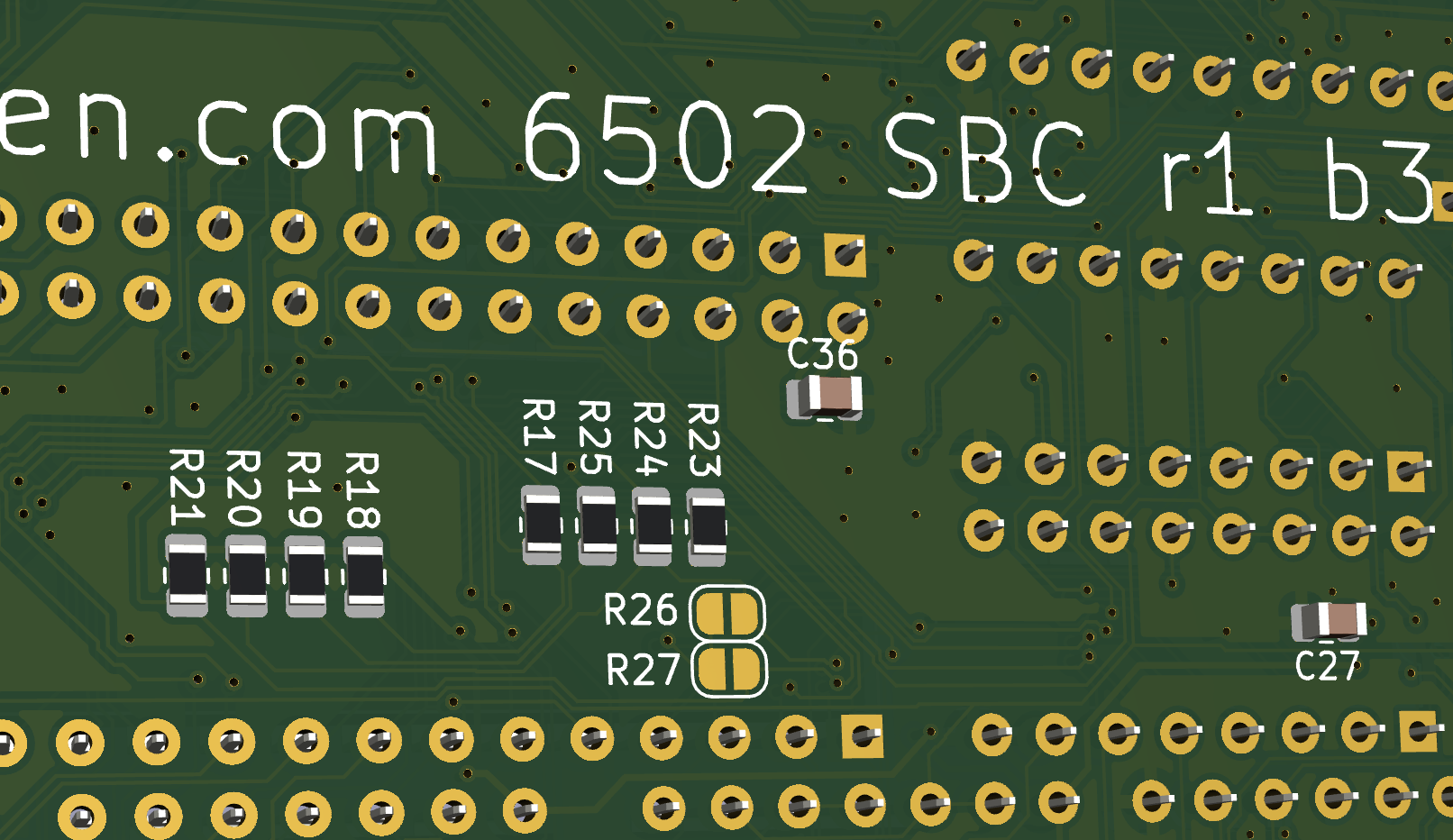
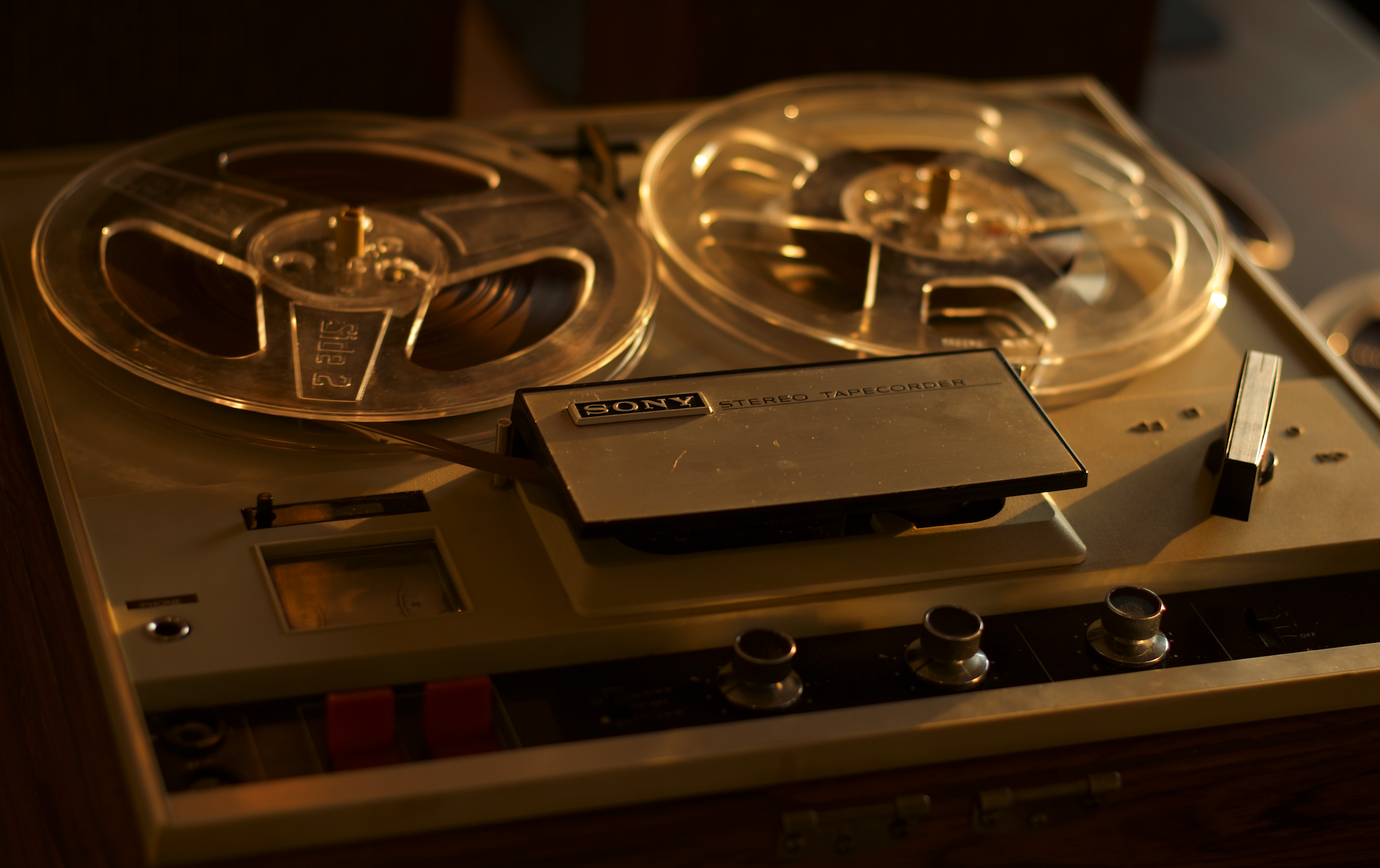

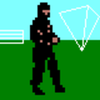
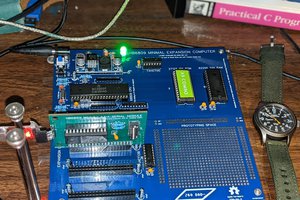
 Dave Collins
Dave Collins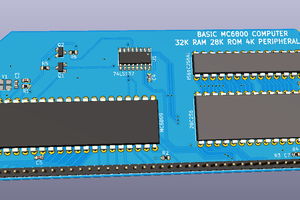
 Gee Bartlett
Gee Bartlett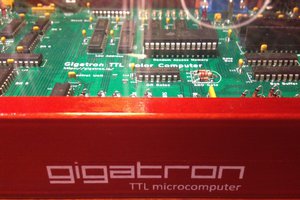
 Marcel van Kervinck
Marcel van Kervinck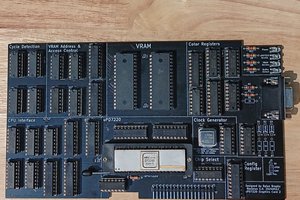
 Dylan Brophy
Dylan Brophy
Trying to decipher how the VGA part of the circuit works, and I'm rather perplexed by part of the schematic around 2mhz -> U17D -> U17C -> PL of U20. Won't that setup result in PL always being high, resulting in U20 never doing a parallel load from the output of U18? I must be missing something here.